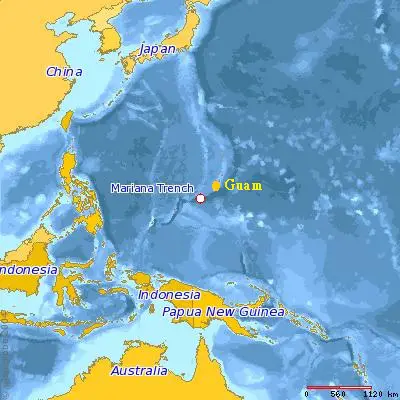A new report “LPG Bunkering – Guide for LPG Marine Fuel Supply” has been issued by the WLPGA. This report is about the usage of LPG in the maritime industry, especially in bunkering.
The shipping companies are moving to different fuel alternatives and solutions because of the effect that traditional fuels like HFO, have on the environment.
The search for alternatives that are sustainable to replace the traditional fuels has gone up in the past few years because of IMO 2020 and IMO’s plan to bring down the emission of carbon from the shipping industry by 50% by 2020.
LPG is a major element for IMO 2050. It will also address the sulphur regulation of IMO. The goal of the new report that was released during the World LPG Forum in Amsterdam in September 2019 was to improve understanding about the issues related to bunkering ships with LNG in the maritime sector.
The reports shows that LPG carriers are preferring LPG as the fueling solution. The other important things that have been talked about are design issues, presen contemplation on probable solutions to regulations requirements, safeguards and safe practices, as well as important areas of operational processes and training.
LPG can make an important place in the marine fuel market because of the pressure that the marine industry is presently in for the reduction of emission so to comply with IMO 2020. LPG propulsion, beginning with the LPG carrier sector, has to move ahead from being just a niche fuel option in order to be accepted in the wider shipping sector.
In order to fulfull the probable demands of the marine market, the infrastructure for the distribution and bunkering is largely available. For a broad variety of power outputs that need lower capex in comparison to other options, the engine technology has also been developed.
Though, LPG is new as a marine propulsion fuel, it has been known well by the industry because of over 50 years of storage, transportation and handling of LNG.
Very soon, ship owners and operators will be attracted to invest in LPG fueled fleet because of the economic incentives. After the enforcement of IMO 2020 sulphur cap, the prices of compliant fuels and availability of HFO for ships that have scrubbers will not be certain. Today, LPG engine technology is available easily and making use of dual fuel engines enables the operators to decide about which fuel they want to use according to the price. The report also highlights that infrastructure of LPG bunkering is already available with LPG being available everywhere in the world. The supply is also abundant mainly because of the increase in production from the US.
LPG bunkering can happen in different ways from terminals, refineries, on-shore trucks, smaller LPG carriers or barges. There are over 1,000 LPG storage facilities around the world which can be used for LPG bunkering and over 700 small size LPG carriers that can be used for ship-to-ship bunkering.
LPG as a Marine Fuel is a long-term solution.
Reference: wlpga
from WordPress https://www.maritimemanual.com/world-lpg-association-issues-new-report-lpg-bunkering-guide-lpg-marine-fuel-supply/

No comments:
Post a Comment